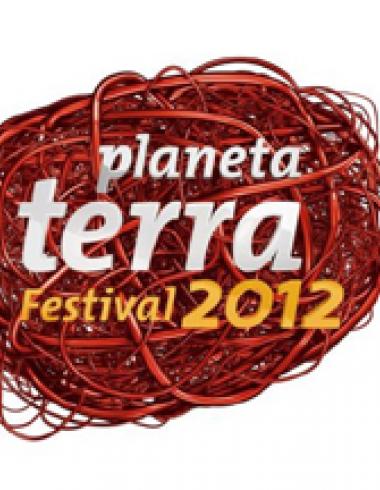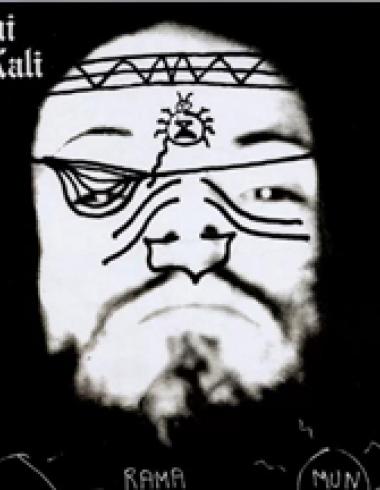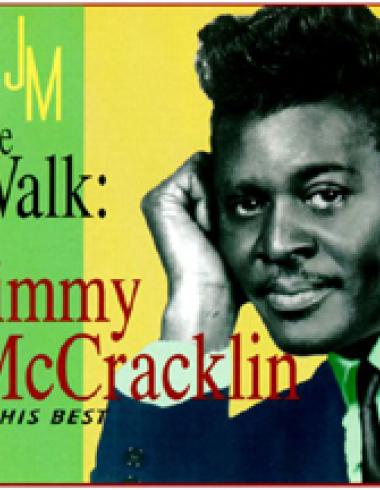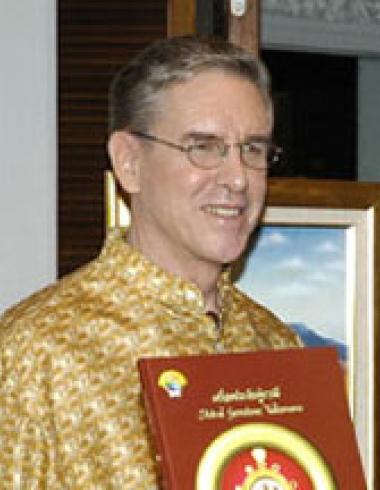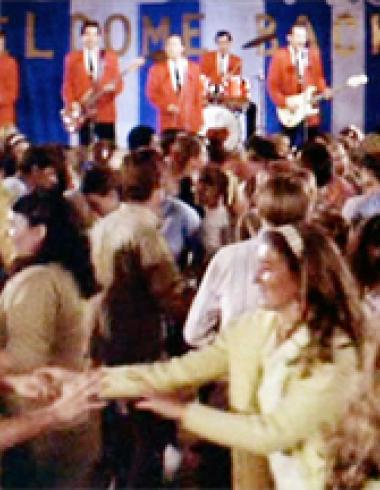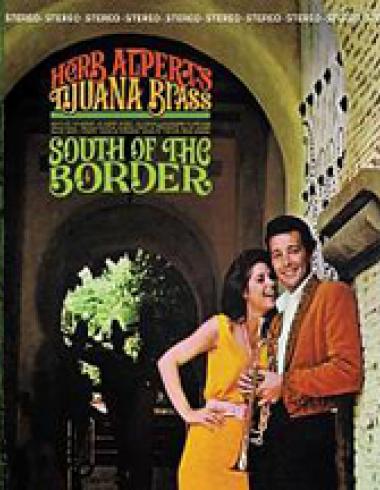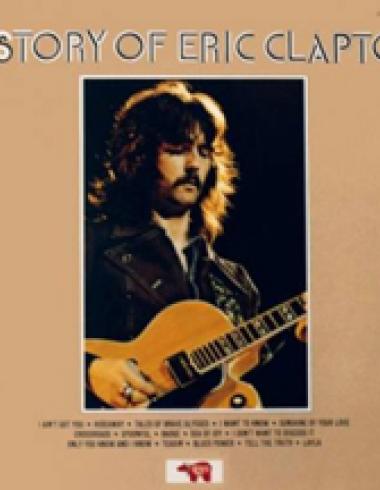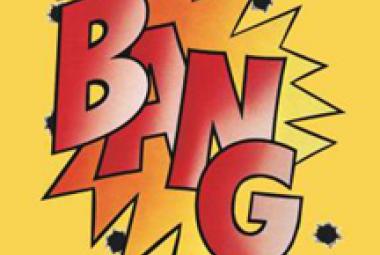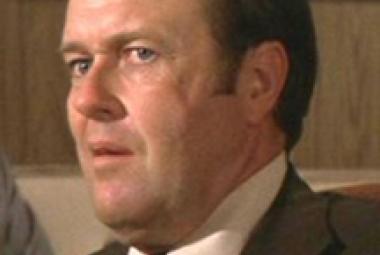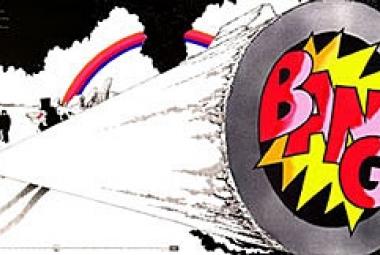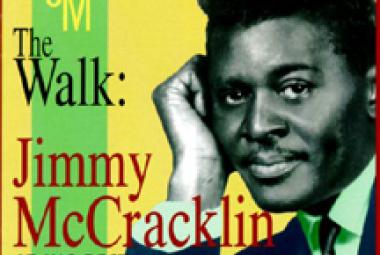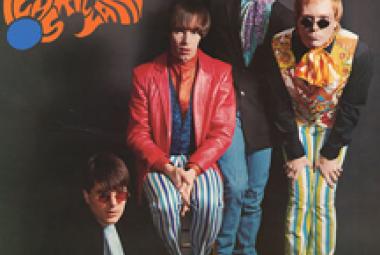The Yardbirds are an English rock band that had a string of hits in the mid-1960's, including "For Your Love", "Over Under Sideways Down" and "Heart Full of Soul". The group is notable for having started the careers of three of rock's most famous guitarists: Eric Clapton, Jeff Beck and Jimmy Page, all of whom are in the top five of Rolling Stone's 100 Top Guitarists list (Clapton at No. 2, Page at No. 3 and Beck at No. 5). The bulk of the band's most successful self-written songs came from bassist/producer Paul Samwell-Smith who, with singer/harmonica player Keith Relf, drummer Jim McCarty and rhythm guitarist/bassist Chris Dreja, constituted the core of the group. The band reformed in the 1990's, featuring McCarty, Dreja and new members. (More from Wikipedia)
You can talk about your pioneers of rock and roll – Chuck Berry, Little Richard, Elvis Presley, James Brown, just to name a few – and you can even bring up your British Invasion greats – the Beatles, the Rolling Stones, the Animals, the Yardbirds, the Kinks, just to name another few. All of them are already in the Rock & Roll Hall of Fame, and deservedly so. However, you can play a lot of more modern rock records all day long and not really discern more than a hint of their direct influence; no question it's in the DNA, but actual Elvis Presley-style vocals or Chuck Berry guitar licks or James Brown wails are elusive.
That is not so with Link Wray: His influence is front and center on a good 50% of the records that I play, because he is credited with introducing the "power chord" on electric guitar to rock and roll, a technique whose effect is often enhanced by distortion.
The 2008 documentary, It Might Get Loud shows rock guitarist legends from three generations discussing their music and their careers and their influences: Jimmy Page (the Yardbirds, Led Zeppelin), The Edge (U2), and Jack White (the White Stripes, the Raconteurs). Needless to say, they all three made the Rolling Stone list of 100 Greatest Guitarists also: #3, #38 and #70, respectively.
At one point, Jimmy Page starts flipping through a pile of 45's and pulls out "Rumble" by Link Wray and His Ray Men. To see a rock legend grooving along with that song, to see that big beaming smile on his face, to hear him discussing how the song developed, to see Page actually doing "air guitar" to "Rumble": that really is something special. The clip from It Might Get Loud is well worth a viewing: www.youtube.com/watch?v=RLEUSn8y9TI .
(February 2013)
The song that I love best on Pebbles, Volume 10 is "Train Kept A-Rollin'" by the Bold (also known as Steve Walker and the Bold) – actually there is a song by this band on both Pebbles, Volume 9 and Pebbles, Volume 10. This was the first time that I had heard this song; I have since collected several more that include versions of "Train Kept A-Rollin'" by luminaries like the Yardbirds and Aerosmith, and it has become one of my very favorite songs regardless of who is doing it. It is hard to top this blistering performance, however.
* * *
The Rolling Stones were from London, as were the Kinks, the Who and the Yardbirds. The Animals came from Newcastle, an industrial backwater like Liverpool, though on the opposite coast. The Hollies were formed in Manchester, though the bandmembers came from East Lancashire. The Moody Blues were from the Birmingham area; Birmingham, Alabama (one of the first major industrialized cities in the American South) is named for the British city.
(July 2013)
* * *
The Goldie and the Gingerbreads 1964 recording of "Can't You Hear My Heartbeat" made it to #25 in the UK. Here in this country, Herman's Hermits released "Can't You Hear My Heartbeat" two weeks earlier; the heavy promotion of that song cut them out of the U. S. charts. After meeting Eric Burdon and the Animals, Goldie and the Gingerbreads was signed for a European tour, where they performed with the Who's Who of the British Invasion: the Beatles, the Rolling Stones, the Animals, the Yardbirds, the Hollies, the Kinks, and others.
(October 2013)
* * *
The proto-punk side of the Velvet Underground is well known – indeed, it is as difficult to imagine punk and new wave without the Velvet Underground as it is to think that heavy metal would have come along without the Yardbirds.
(December 2013)
* * *
"Rollin' Stone" by Muddy Waters is a bridge from the raw blues of Robert Johnson directly to rock and roll; while it is basically a straight blues song, there are startling changes in the beat and cadences over the course of "Rollin' Stone". Within the blues world, it is a direct antecedent to Muddy Waters' 1954 recording of the Willie Dixon song "I'm Your Hoochie Coochie Man" (Steppenwolf included "Hoochie Coochie Man" on their 1968 debut album Steppenwolf, among numerous other covers by various rock musicians), Bo Diddley's "I'm a Man" (1955), and Waters' answer "Mannish Boy" (also in 1955). I suppose that Bo and Muddy had a pretty good rivalry going back then, but on several occasions, I saw a performance of "I'm a Man" by Muddy Waters in later life on a series of films on TV called Living Legends of the Blues – that rendition even leaves the cover of "I'm a Man" by the Yardbirds in the dust.
Like another English band, the Yardbirds, the Strawbs (also known as Strawbs) is known as much for its previous musicians as it is for its early folk-rock and progressive-rock albums.
(July 2014)
* * *
By September 1963, the Rolling Stones had outgrown the local club scene and had begun to tour; their replacement at the Crawdaddy Club was another of the major British Invasion bands, the Yardbirds, whose line-up at that time included Eric Clapton. Other major bands and artists who performed at this club include Led Zeppelin, Long John Baldry, Elton John, and Rod Stewart.
* * *
Of course, more than a few 1960's fans such as yours truly might have expected yet another Bo Diddley song on the Crawdaddys' CD called Here 'Tis, not coincidentally entitled "Here 'Tis"; but it is not among the tracks. I have two versions of the song; one is by the Yardbirds, and another that is even better is by the Betterdays. The latter version of "Here 'Tis" is included on the Pebbles, Volume 6 LP that introduced me to the raw English R&B sound that inspired the creation of the Crawdaddys in the first place.
(January 2015/2)
* * *
Like the band's first record, the Primitives' second single for Pye Records, "You Said" b/w "How Do You Feel" did not chart at all in the U.K. About the flip side, Bruce Eder notes: "[A] bluesy cut with a nice, choppy rhythm part, similar to what the Yardbirds did with 'Here 'Tis' or 'Good Morning Little School Girl' on-stage, only with better singing."
(May 2015)
* * *
"Shapes of Things" by the Yardbirds is the first song written by the bandmembers that became a hit; it was released on February 25, 1966 and reached #3 on the UK singles chart and #11 on the Billboard Hot 100. Richie Unterberger has written of this song for Allmusic: "[Jeff Beck]'s guitar pyrotechnics came to fruition with 'Shapes of Things', which (along with the Byrds' 'Eight Miles High') can justifiably be classified as the first psychedelic rock classic."
* * *
So what is "psychedelic rock" anyway? I once described it as "music designed to be enjoyed while under the influence of psychotropic drugs such as marijuana and LSD", but I never intended that to be a definition. The way that the Wikipedia article on psychedelic rock starts isn't much better: "Psychedelic rock is a style of rock music that is inspired or influenced by psychedelic culture and attempts to replicate and enhance the mind-altering experiences of psychedelic drugs." The article lists the pioneering bands as being the Beatles, the Beach Boys, the Byrds, and the Yardbirds.
(July 2015)
* * *



